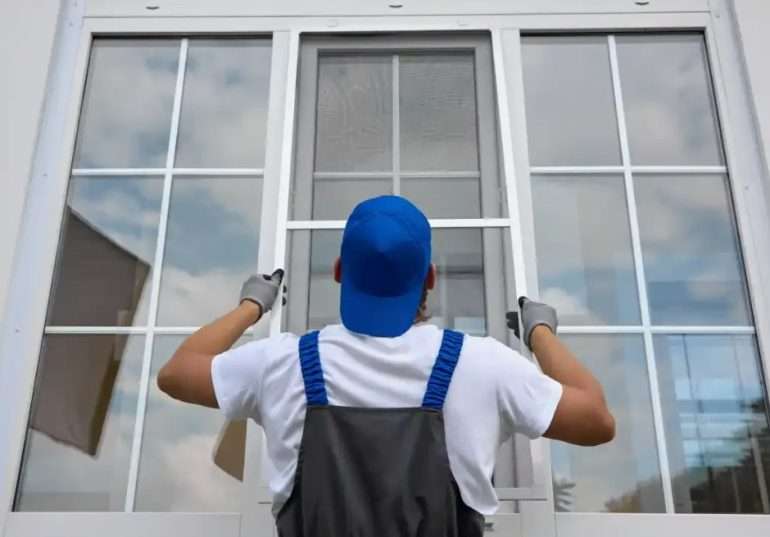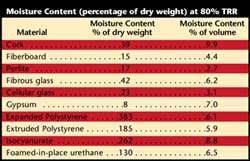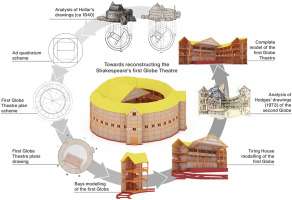The quest for the strongest building material in the world is a multifaceted one, influenced by factors beyond mere compressive strength. While many automatically think of diamond or some futuristic alloy, the reality is far more nuanced and dependent on the specific application. The ideal material must balance strength with durability, cost-effectiveness, workability, and environmental impact. Therefore, declaring a single undisputed champion of strength requires a deeper dive into various types of forces and their respective resistive properties, including tension, compression, shear, and torsion, because the notion of what is the strongest building material in the world depends on these factors.
Understanding Strength in Building Materials
Strength, in the context of building materials, isn’t a singular property. It encompasses several key characteristics:
- Compressive Strength: Resistance to crushing forces.
- Tensile Strength: Resistance to pulling or stretching forces.
- Shear Strength: Resistance to forces that cause sliding or deformation.
- Flexural Strength: Resistance to bending forces.
- Impact Strength: Resistance to sudden, forceful impacts.
Different materials excel in different types of strength. For example, concrete is exceptionally strong under compression but relatively weak in tension. Steel, on the other hand, possesses high tensile strength. Therefore, the “strongest” material really depends on the load and stresses it needs to withstand.
Contenders for the Title: A Comparative Overview
Let’s examine some of the leading contenders for the title of strongest building material, keeping in mind the diverse aspects of strength:
Concrete
Concrete, particularly reinforced concrete, is a widely used and versatile building material. Its high compressive strength and relatively low cost make it a staple in construction; The addition of steel reinforcement significantly improves its tensile strength. However, concrete is susceptible to cracking and can be vulnerable to certain environmental conditions.
Steel
Steel boasts impressive tensile and shear strength, making it ideal for structural applications where these forces are dominant. Steel framing allows for larger spans and taller buildings; While strong, steel is susceptible to corrosion if not properly treated, and its production has a significant environmental impact.
Wood
While perhaps not the first material that comes to mind when considering immense strength, engineered wood products like cross-laminated timber (CLT) offer impressive strength-to-weight ratios and sustainable building options. CLT can withstand significant loads and offers good fire resistance. However, wood is susceptible to rot and insect damage if not properly treated.
Advanced Composites
Materials like carbon fiber reinforced polymers (CFRP) are increasingly used in specialized construction applications. These composites offer exceptional strength-to-weight ratios and resistance to corrosion. However, they are typically more expensive than traditional building materials.
Table: Comparing the Strengths of Common Building Materials
| Material | Compressive Strength | Tensile Strength | Advantages | Disadvantages |
|---|---|---|---|---|
| Concrete | High | Low (unless reinforced) | High compressive strength, low cost | Low tensile strength, prone to cracking |
| Steel | High | Very High | High tensile and shear strength, durable | Susceptible to corrosion, high environmental impact |
| Wood (CLT) | Moderate | Moderate | Sustainable, good strength-to-weight ratio | Susceptible to rot and insects if untreated |
| CFRP | Very High | Very High | Exceptional strength-to-weight ratio, corrosion resistant | High cost |
Ultimately, there is no single “strongest” building material for all applications. The best choice depends on the specific requirements of the project, considering factors like load, span, environmental conditions, cost, and sustainability. A careful evaluation of these factors will lead to the selection of the most appropriate and effective material for the task at hand. To conclude, it’s crucial to remember that the strongest building material in the world isn’t always the one with the highest individual strength statistic; it’s often the one that best meets the holistic needs of the project.






